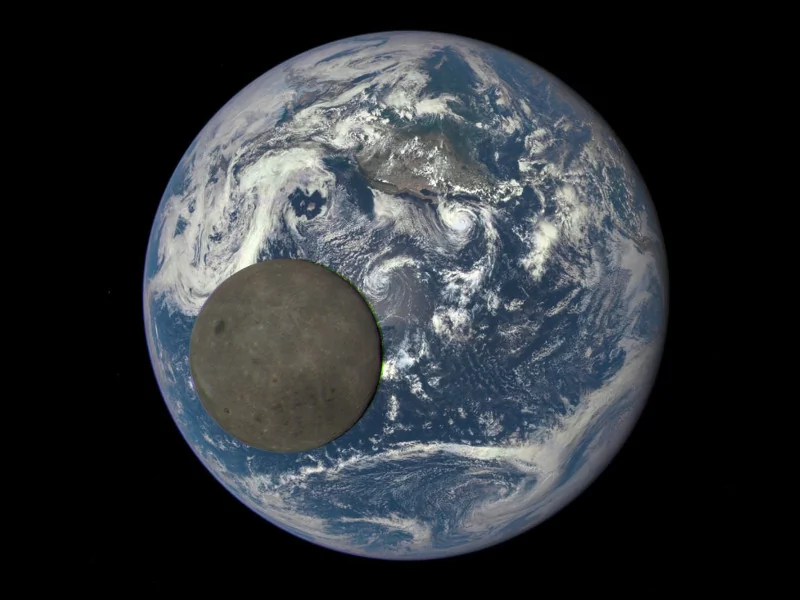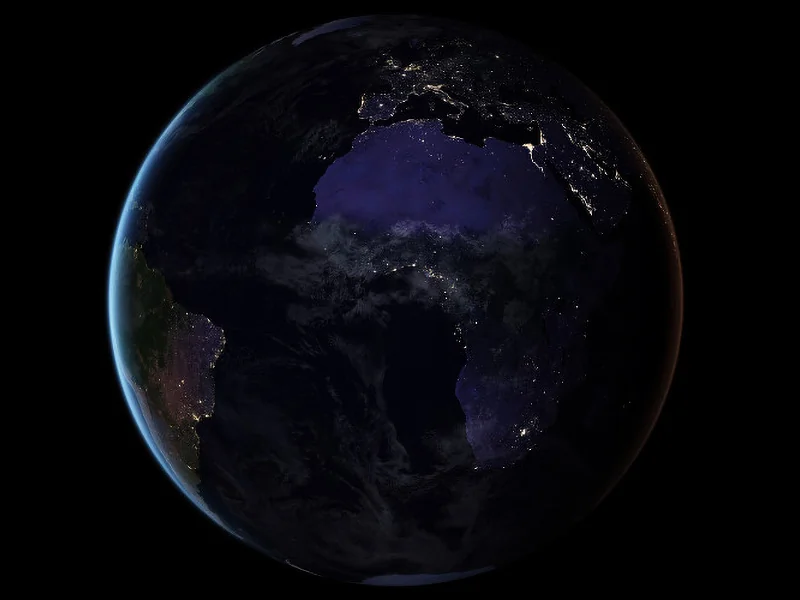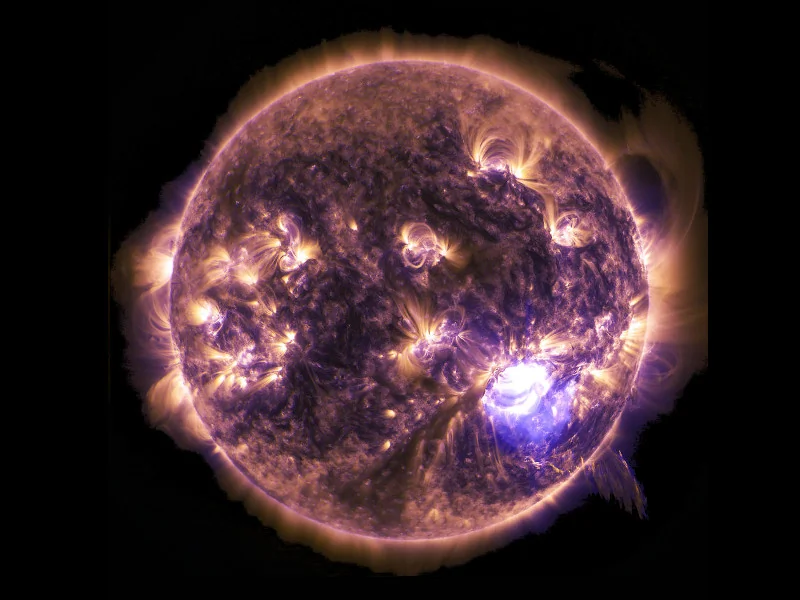
How many technological civilizations exist in the Milky Way? What the origin of life on Earth tell us about the parameters of the Drake equation.
This is a collection of images obtained by NASA or ESA space exploration missions. Most of the images were also featured as NASA's the Astronomy Picture of the Day (APOD). The page exists because I often found interesting images like these posted on imgurl without any additional information. This page lists the original missions, provides proper credit (to my best knowledge) and links to the original images (if available). The image descriptions are either based on the APOD image descriptions or information provided on the original page. For high Resolution images please follow the links to the original image pages at the NASA or ESA mission webpages.
Earth and Moon are the only Bodies in the solar system which have ever been visited by humans. Although the Moon is singificantly smaller than Earth it is an unusually large Satellite for an Earth sized Planet.
With all the amazing images from other planets, moons and asteroids of the solar system it's sometimes easy to forget that there are spectaculary images and videos of Earth too. This gallery feature a couple of amazing images taken on or showing either Earth or Moon.

A sandstorm over the Sahara desert in Africa seen by ESA astronaut Alexander Gerst from the International Space Station.

Far side of the Moon in front of an almost fully illuminated Earth. An image taken by the Earth Polychromatic Imaging Camera (EPIC) onboard the Deep Space Climate Observatory (DSCOVR) spacecraft. (read more at apod.nasa.gov)

High definition images of earth at night.

Original Description: The International Space Station is featured in this image photographed by an STS-132 crew member on space shuttle Atlantis after the station and shuttle began their post-undocking relative separation.

Original Description (via Wikimedia Commons): View of the crescent moon through the top of the Earth's atmosphere. Photographed above 21.5°N, 113.3°E by International Space Station crew Expedition 13 over the South China Sea, just south of Macau (NASA image ID: ISS013-E-54329).
Video: "Lightning Strikes on Earth as seen by the ISS" von <a href="https://www.youtube.com/watch?time_continue=1&v=KRdVQPgTTc8&feature=emb_logo">NASA</a>.
Video: "Stunning Aurora Borealis from Space" von <a href="https://www.youtube.com/watch?time_continue=1&v=PBJAR3-UvSQ&feature=emb_logo">NASA</a>.

A sunquake as a response to a solar flare. The Quake is approximately 40000 times stronger than the one that dastroyed San Francisco in 1906. The waver propaget at spped of 22000 MPH accelerating to 250000 MPH before finally disappearing.

Original Description: The sun emitted a significant solar flare, peaking at 7:28 p.m. EST on Dec. 19, 2014. NASA’s Solar Dynamics Observatory, which watches the sun constantly, captured an image of the event. Solar flares are powerful bursts of radiation. (read more)